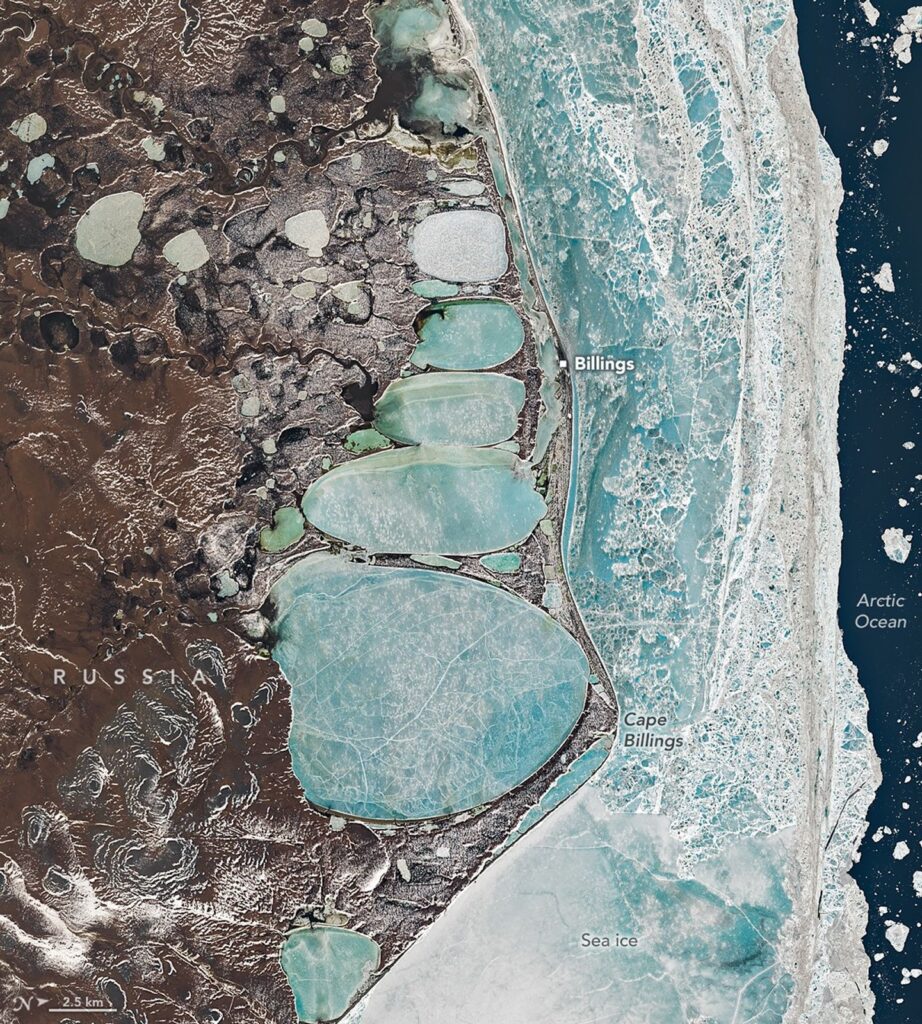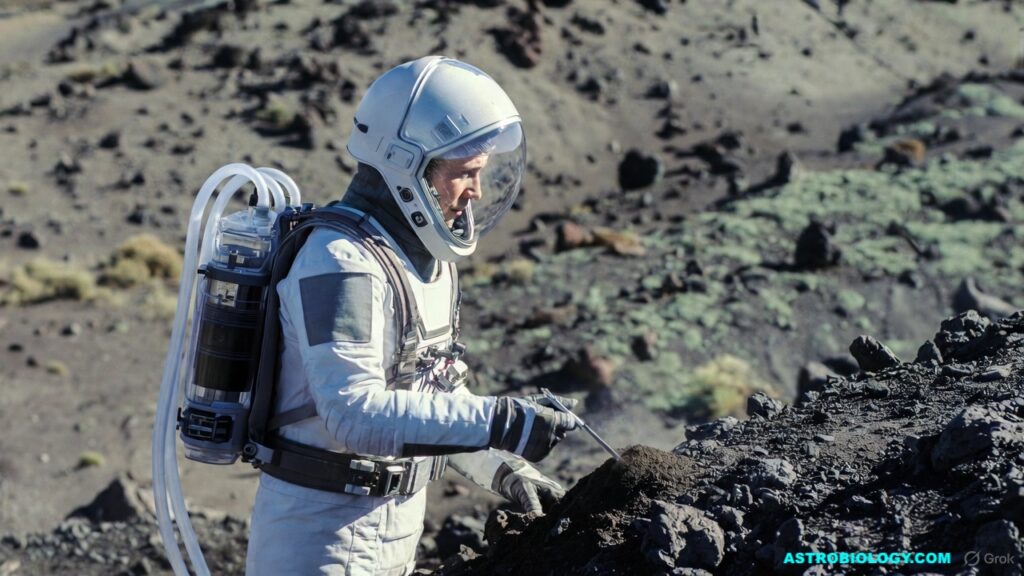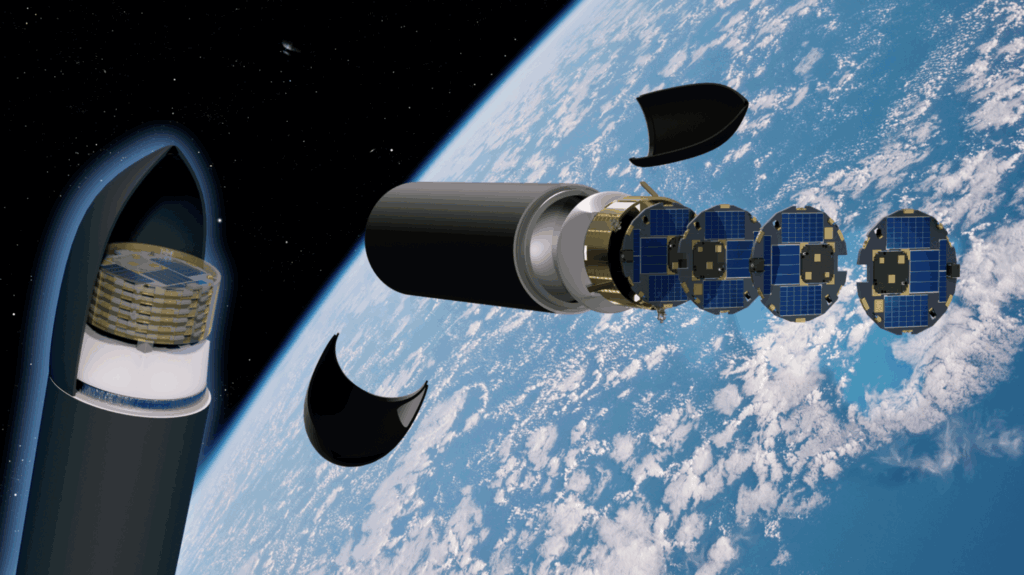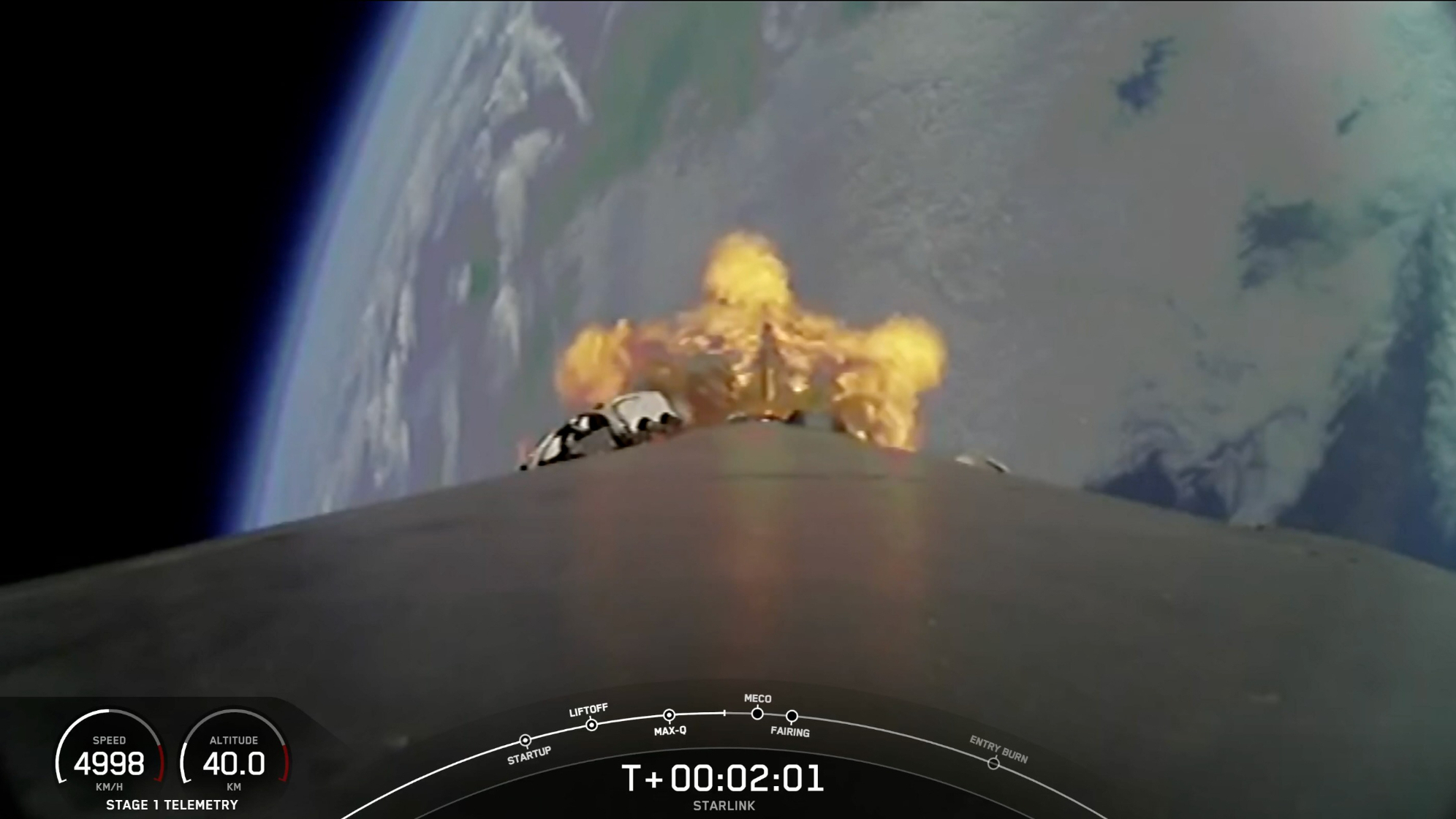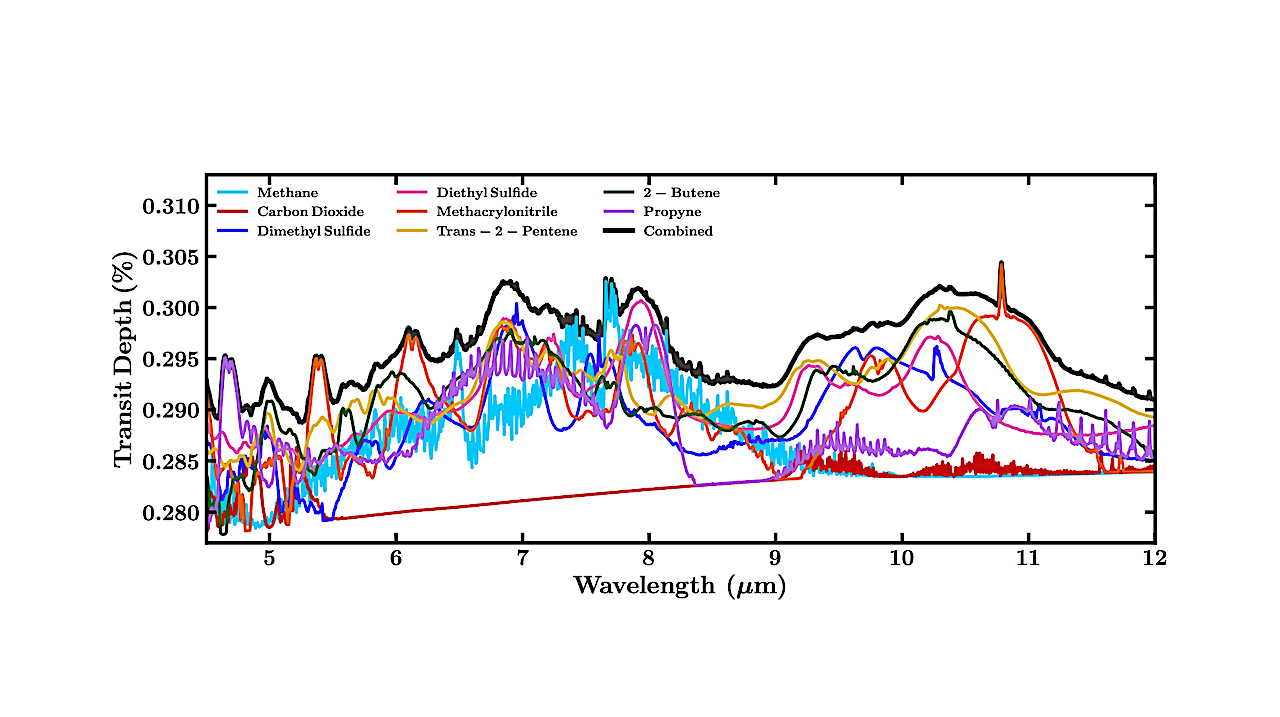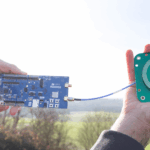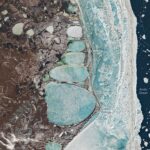Now Reading: Lava World Recon: Possible Tectonic Activity On Venus
-
01
Lava World Recon: Possible Tectonic Activity On Venus
Lava World Recon: Possible Tectonic Activity On Venus
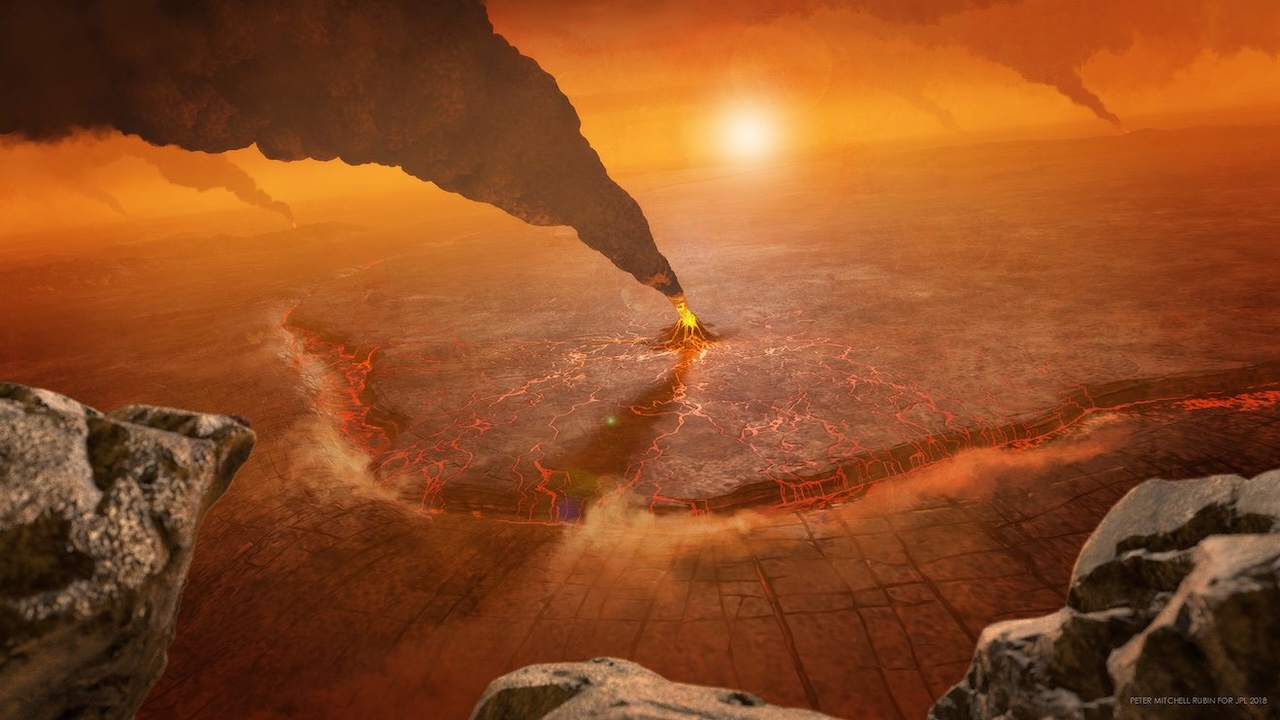

This artist’s concept of the large Quetzalpetlatl Corona located in Venus’ southern hemisphere depicts active volcanism and a subduction zone, where the foreground crust plunges into the planet’s interior. A new study suggests coronae are the locations of several types of tectonic activity. Credit: NASA/JPL-Caltech/Peter Rubin
Using archival data from the mission, launched in 1989, researchers have uncovered new evidence that tectonic activity may be deforming the planet’s surface.
Vast, quasi-circular features on Venus’ surface may reveal that the planet has ongoing tectonics, according to new research based on data gathered more than 30 years ago by NASA’s Magellan mission. On Earth, the planet’s surface is continually renewed by the constant shifting and recycling of massive sections of crust, called tectonic plates, that float atop a viscous interior. Venus doesn’t have tectonic plates, but its surface is still being deformed by molten material from below.
Seeking to better understand the underlying processes driving these deformations, the researchers studied a type of feature called a corona. Ranging in size from dozens to hundreds of miles across, a corona is most often thought to be the location where a plume of hot, buoyant material from the planet’s mantle rises, pushing against the lithosphere above. (The lithosphere includes the planet’s crust and the uppermost part of its mantle.) These structures are usually oval, with a concentric fracture system surrounding them. Hundreds of coronae are known to exist on Venus.

New research suggests vast surface features on Venus called coronae continue to be shaped by tectonic processes. Observations of these features from NASA’s Magellan mission include, clockwise from top left, Artemis Corona, Quetzalpetlatl Corona, Bahet Corona, and Fotla Corona. Credit: NASA/JPL-Caltech
Published in the journal Science Advances, the new study details newly discovered signs of activity at or beneath the surface shaping many of Venus’ coronae, features that may also provide a unique window into Earth’s past. The researchers found the evidence of this tectonic activity within data from NASA’s Magellan mission, which orbited Venus in the 1990s and gathered the most detailed gravity and topography data on the planet currently available.
“Coronae are not found on Earth today; however, they may have existed when our planet was young and before plate tectonics had been established,” said the study’s lead author, Gael Cascioli, assistant research scientist at the University of Maryland, Baltimore County, and NASA’s Goddard Space Flight Center in Greenbelt, Maryland. “By combining gravity and topography data, this research has provided a new and important insight into the possible subsurface processes currently shaping the surface of Venus.”
As members of NASA’s forthcoming VERITAS (Venus Emissivity, Radio science, InSAR, Topography, and Spectroscopy) mission, Cascioli and his team are particularly interested in the high-resolution gravity data the spacecraft will provide. Study coauthor Erwan Mazarico, also at Goddard, will co-lead the VERITAS gravity experiment when the mission launches no earlier than 2031.
Mystery Coronae
Managed by NASA’s Jet Propulsion Laboratory in Southern California, Magellan used its radar system to see through Venus’ thick atmosphere and map the topography of its mountains and plains. Of the geological features the spacecraft mapped, coronae were perhaps the most enigmatic: It wasn’t clear how they formed. In the years since, scientists have found many coronae in locations where the planet’s lithosphere is thin and heat flow is high.
“Coronae are abundant on Venus. They are very large features, and people have proposed different theories over the years as to how they formed,” said coauthor Anna Gülcher, Earth and planetary scientist at the University of Bern in Switzerland. “The most exciting thing for our study is that we can now say there are most likely various and ongoing active processes driving their formation. We believe these same processes may have occurred early in Earth’s history.”
The researchers developed sophisticated 3D geodynamic models that demonstrate various formation scenarios for plume-induced coronae and compared them with the combined gravity and topography data from Magellan. The gravity data proved crucial in helping the researchers detect less dense, hot, and buoyant plumes under the surface — information that couldn’t be discerned from topography data alone. Of the 75 coronae studied, 52 appear to have buoyant mantle material beneath them that is likely driving tectonic processes.

These illustrations depict various types of tectonic activity thought to persist beneath Venus’ coronae. Lithospheric dripping and subduction are shown at top; below are and two scenarios where hot plume material rises and pushes against the lithosphere, potentially driving volcanism above it. Credit: Anna Gülcher, CC BY-NC
One key process is subduction: On Earth, it happens when the edge of one tectonic plate is driven beneath the adjacent plate. Friction between the plates can generate earthquakes, and as the old rocky material dives into the hot mantle, the rock melts and is recycled back to the surface via volcanic vents.
On Venus, a different kind of subduction is thought to occur around the perimeter of some coronae. In this scenario, as a buoyant plume of hot rock in the mantle pushes upward into the lithosphere, surface material rises and spreads outward, colliding with surrounding surface material and pushing that material downward into the mantle.
Another tectonic process known as lithospheric dripping could also be present, where dense accumulations of comparatively cool material sink from the lithosphere into the hot mantle. The researchers also identify several places where a third process may be taking place: A plume of molten rock beneath a thicker part of the lithosphere potentially drives volcanism above it.

Global distribution and classification of coronae resolved in Magellan data and examples of active coronae. (A) Map in Mollweide projection centered at 130°E displaying the geoid derived from the Magellan MGNP180U gravity field solution (25) and the 75 coronae considered broadly or finely resolved in the Magellan gravity data. These coronae have topographic radii equal to or larger than the local Magellan gravity field resolution, ensuring at least one independent gravity data point within their radius (see Methods). Coronae are plotted based on their central coordinates and average radii [from (5)]. The filling and outlining of the circles indicate the type of free-air gravity anomaly associated with each corona; colors represent their topographic classification. We propose the coronae with positive free-air gravity anomalies (filled circles) to be active, i.e., sites of ongoing plume-lithosphere interactions of different styles based on our findings. Crustal recycling processes are inferred for active coronae with (partial) topographic trenches (dark blue and red solid fills); “embedded/underplated plume” scenarios are inferred for those with a raised rim and elevated interior (pink solid fill) (see Results and Discussion for more details). (B to D) Three coronae that exemplify the three major active coronae groups, with a map of Magellan left-cycle SAR imagery (60) in cylindrical equidistant projection. One of the profiles used for fitting to geodynamic models (Fig. 6) is shown in red. — Science Advances
Deciphering Venus
This work marks the latest instance of scientists returning to Magellan data to find that Venus exhibits geologic processes that are more Earth-like than originally thought. Recently, researchers were able to spot erupting volcanoes, including vast lava flows that vented from Maat Mons, Sif Mons, and Eistla Regio in radar images from the orbiter.
A spectrum of tectonic processes at coronae on Venus revealed by gravity and topography, Science Advances (open access)
Astrobiology,
Stay Informed With the Latest & Most Important News
Previous Post
Next Post
-
 012024 in Review: Highlights from NASA in Silicon Valley
012024 in Review: Highlights from NASA in Silicon Valley -
 02Panasonic Leica Summilux DG 15mm f/1.7 ASPH review
02Panasonic Leica Summilux DG 15mm f/1.7 ASPH review -
 03From Polymerization-Enabled Folding and Assembly to Chemical Evolution: Key Processes for Emergence of Functional Polymers in the Origin of Life
03From Polymerization-Enabled Folding and Assembly to Chemical Evolution: Key Processes for Emergence of Functional Polymers in the Origin of Life -
 04How New NASA, India Earth Satellite NISAR Will See Earth
04How New NASA, India Earth Satellite NISAR Will See Earth -
 05And Thus Begins A New Year For Life On Earth
05And Thus Begins A New Year For Life On Earth -
 06Astronomy Activation Ambassadors: A New Era
06Astronomy Activation Ambassadors: A New Era -
07SpaceX launch surge helps set new global launch record in 2024












